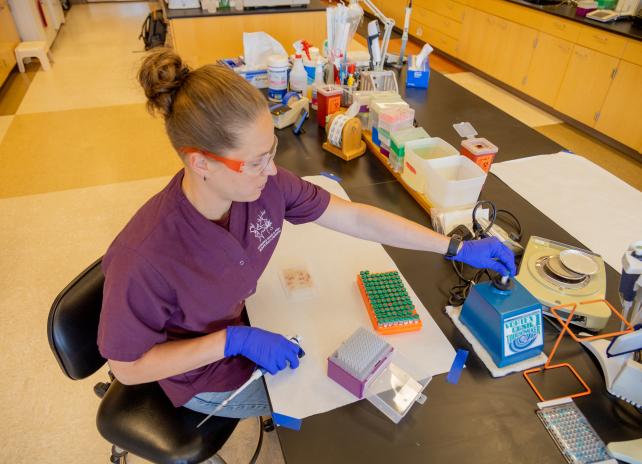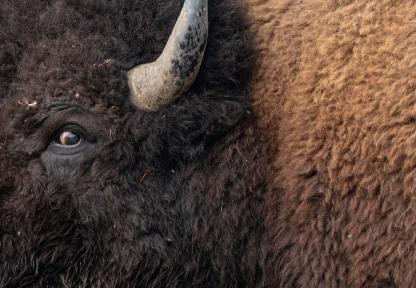
What is brucellosis?
Brucellosis is a bacterial disease that is limited in distribution to northwestern Wyoming and adjoining portions of Idaho and Montana. It primarily affects elk and bison. After becoming infected, cows will usually abort their next pregnancy, and will sometimes have abortions in subsequent pregnancies. Brucellosis also infects domestic cattle, but a state and federal eradication program almost eliminated the disease in cattle.
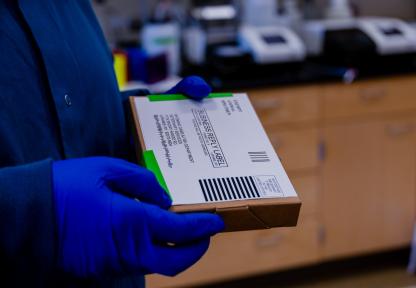
2024 Brucellosis Focus Areas
In the northwestern part of the state where brucellosis is found, the Wyoming Game and Fish Department conducts annual surveillance to monitor prevalence of the disease. Hunters who draw elk tags in a designated surveillance area are shipped brucellosis test kits, used to draw blood samples from harvested animals. Additional surveillance areas are selected annually to evaluate possible spread of the disease.
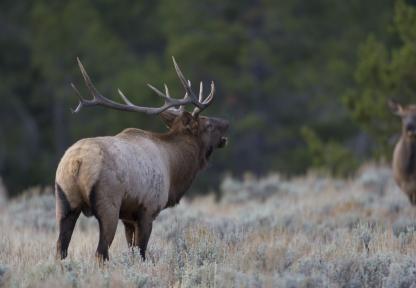
How does brucellosis affect me?
Humans can be infected with brucellosis. Symptoms in humans include recurring low-grade fever, joint or back aches, night sweats, and depression. Such symptoms can occur weeks or months after exposure. Symptoms can be treated with a prolonged course of antibiotics. To avoid contracting brucellosis, hunters should always wear protective gloves when field dressing. Reproductive organs, placentae, or swollen testes or joints should not be opened.
How to take a blood sample for brucellosis testing
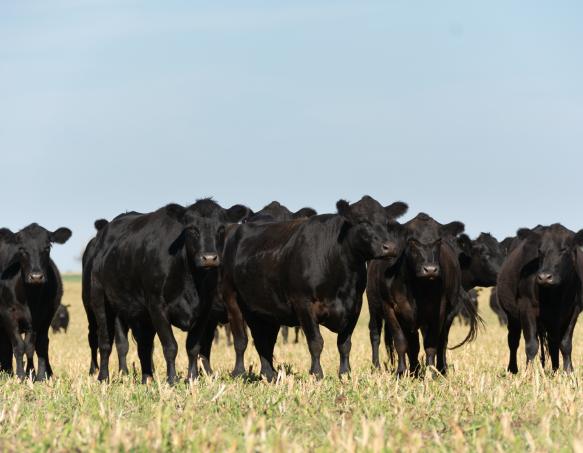
Impacts on wildlife populations and cattle operations
The prevalence of brucellosis can be quite high (up to 75% in bison), yet there is no evidence that brucellosis has noticeable impacts on populations. The primary management concern is the possible transmission of brucellosis from elk or bison to domestic cattle. States with infected cattle herds suffer economic hardships. The threat to cattle results in ongoing friction among wildlife management agencies, ranchers, and federal agencies.
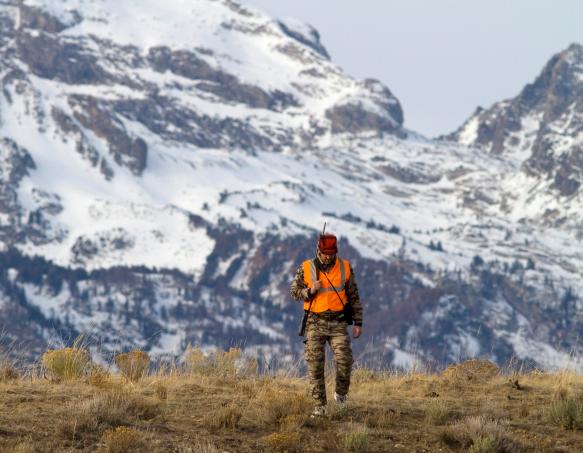
Brucellosis Raffle
Each year, the Wyoming Game and Fish Department offers a hunting gear raffle for hunters who submit samples from their harvested game for brucellosis testing. This raffle is our way of incentivizing hunters to submit samples and thank those who do. Hunters play a critical role in our ability to monitor brucellosis in Wyoming, and we are grateful for those who partake in this effort.
Hunters providing a usable brucellosis sample with accurate information will be entered to win prizes. Winners will be drawn randomly by early March each year and notified directly.

2024 raffle prizes
Hunters who successfully draw multiple tags and receive multiple test kits will be entered into the raffle for each usable sample returned. Winners will be drawn in March.
Grand prize
Benelli Lupo Rifle (Caliber is the winner's choice. Donated by Benelli) | Vortex Strike Eagle 3-18X44 Rifle Scope (Donated by Vortex Optics)

First place
Tikka T3x Lite 7mm rifle with gift card for rifle scope (Donated by Wyoming Sportsman's Group)

Second place
Sig Sauer Oscar8 27-55x80 Spotting Scope (Donated by Sig Sauer)

Third place
Maven C1 10x42 Binoculars (Donated by Maven)

